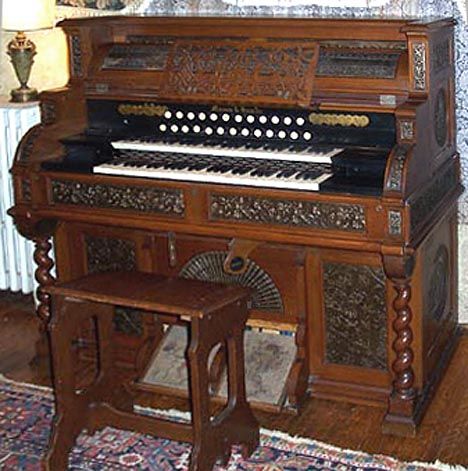You've probably all heard, I picked up an old pump organ made in 1889 in Michegan.
The insides were totally worm-eaten but I salvaged some nice wood from the casing.
Anyhow, I had a closer look at a very nicely carved piece that the organ stops went through...

Seems it's just a boring softwood moulding with a heavily embossed cardboard-type covering.
Just thought it was interesting, sneaky and unusual.
Anyone seen this process before?
The insides were totally worm-eaten but I salvaged some nice wood from the casing.
Anyhow, I had a closer look at a very nicely carved piece that the organ stops went through...

Seems it's just a boring softwood moulding with a heavily embossed cardboard-type covering.
Just thought it was interesting, sneaky and unusual.
Anyone seen this process before?




